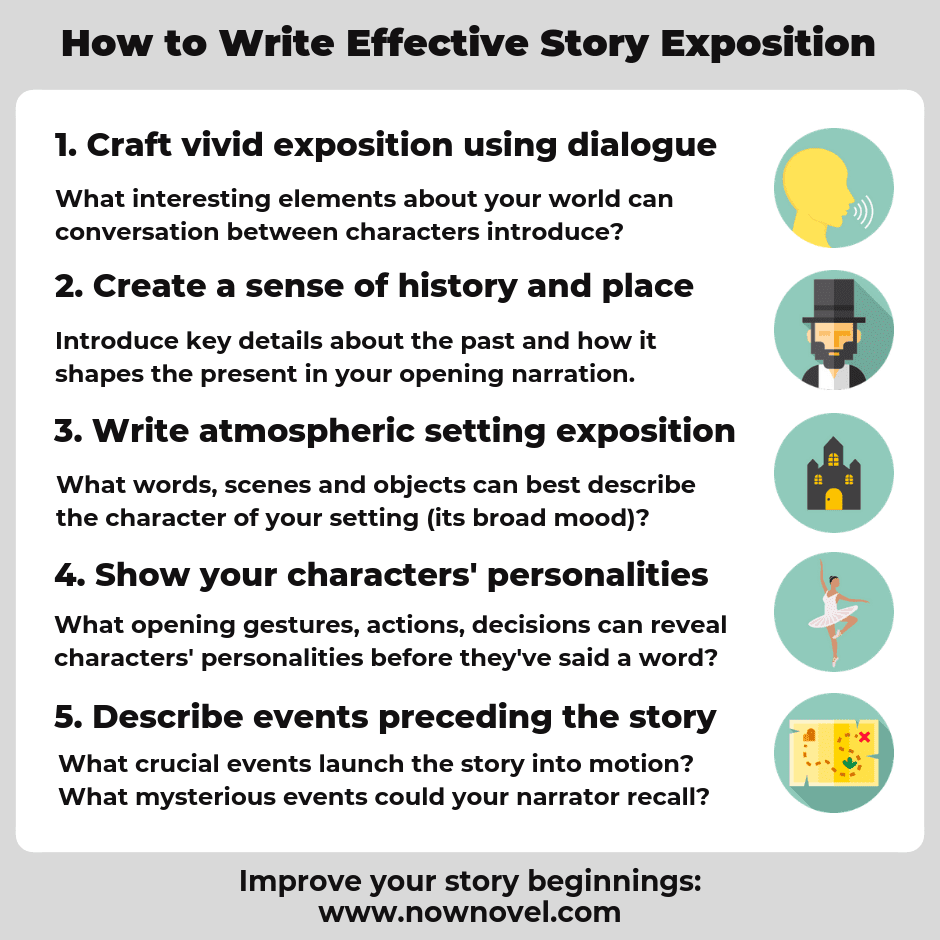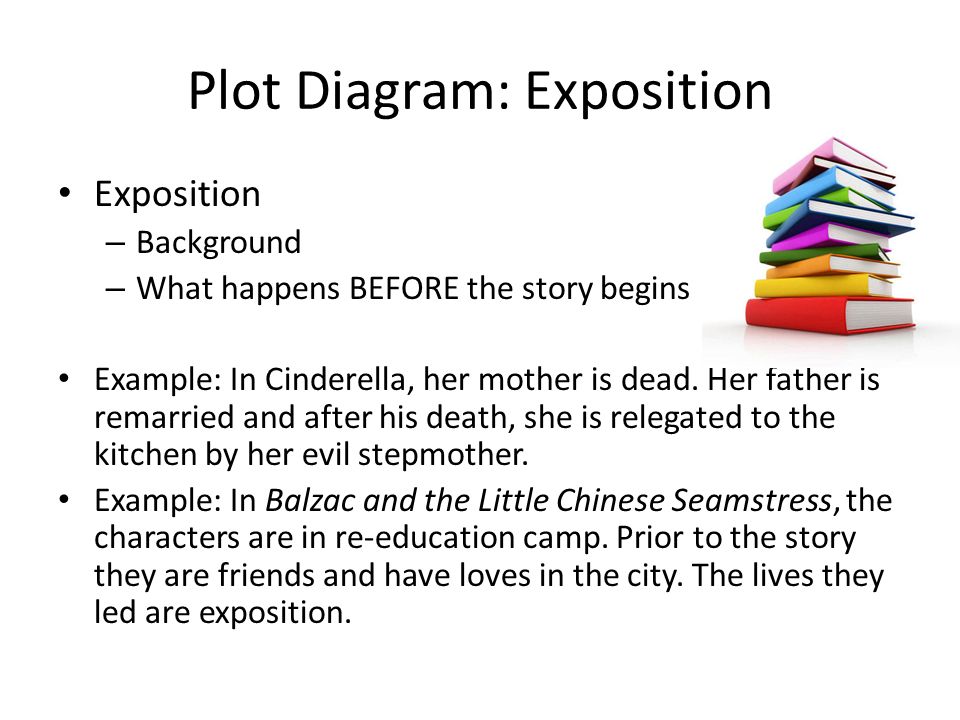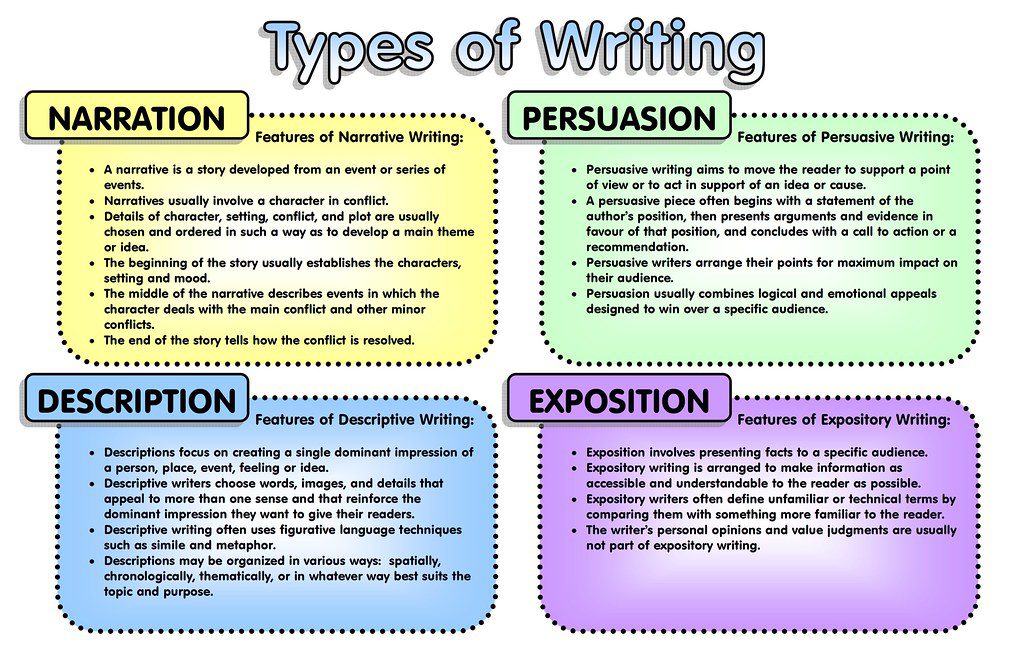It’s a shame that exposition is so often overlooked when it comes to writing. We can all agree that a story should be told in the most effective way possible, and exposition is an important part of storytelling – whether it be through dialogue or narration.
Exposition is meant to provide background information on your characters, setting, and plot without being too heavy-handed about it.
The goal should always be for the reader to feel like they are discovering the story along with you.
Do you know the difference between exposition and dialogue in a story? Do you want to make sure your exposition is done right or do you just want to get it out of the way as quickly as possible?
This article will help you understand what exposition entails, how it should be used, and some dos and don’ts for writing it.
WRITING EXPOSITION
What Is Exposition?
Exposition is a literary device used to provide background information, typically at the beginning of a story. It can be difficult for screenwriters because exposition in film relies heavily on visuals.
Screenwriter and director Billy Wilder once said, “A good screenplay is one which serves up its exposition like so much spaghetti.”
As such, it’s important that screenwriters know how to make their dialogue count in order to avoid relying too heavily on expository dialogue later on.
Why Hidden Exposition Is Good Exposition
The term hidden exposition refers to when important information is communicated through dialogue between characters, rather than directly.
There are many benefits to using this technique in your writing. It can make the reader feel closer to the character and more invested in their personal storyline.
The reader also has a better understanding of what’s going on since they have access to both sides of the conversation and not just one person’s thoughts or feelings.
Finally, it allows you to use fewer words while still conveying all necessary information about the situation at hand which will ultimately improve your pacing and keep readers interested.
I believe that hidden exposition is good exposition because it gives readers a chance to get close with characters by hearing their thoughts, feelings, and motivations for specific actions as well
Did you know that in the movie, Jurassic Park, there is an entire scene where a lawyer tells us all about what’s going on with the park?
It was hidden exposition.
Exposition is information given to the audience which they would otherwise have no knowledge of and it can be delivered through dialogue or narration.
Hidden exposition is when this information is revealed through something else like a character’s thoughts and actions.
Hidden exposition can be just as effective at conveying necessary information to audiences as other types of expositions because it still requires them to use their imagination for context clues.
So don’t feel bad if your story has some hidden exposition! You might find out that it’s not such a bad thing after all!
Exposition Through Narration
We are all a part of the “bigger picture” and should be proud to live in a world that is filled with so many different cultures, languages, religions, traditions, and customs.
But how do we get the opportunity to experience this diversity? Some people may say by traveling (which can be expensive) or reading books or watching television shows about other countries.
However, there’s an even easier way: fiction! And not just any old kind of fiction – books specifically written for children.
The most common way for exposition to occur in a narrative text is through dialogue between characters, however other methods exist as well including narrating events from the perspective of one character and providing background information about certain objects or settings.
Exposition Through Dialogue
The way a story is told can be the difference between an engaging read and something that’s just there. Dialogue is one of the most powerful ways to evoke emotion in readers, but it also has some drawbacks.
One risk that dialogue carries with it is over-explaining what characters are feeling. It’s possible for this to happen even when you’re trying to be subtle, so try not to go overboard with telling your reader how your character feels about anything.
Instead, use words like “she said,” “he thought,” or “I asked” as much as possible.
This will help make sure that you don’t step on any toes while showing off your writer skills!
The first thing that you want to focus on is the setting and circumstances of the scene, as well as who your characters are.
The second part is figuring out what your character’s thoughts or reactions should be when faced with these new developments in their lives.
Finally, we’ll need some other characters (or at least one) so they can react appropriately if necessary!
These three aspects are crucial for writing good exposition through dialogue that engages readers and tells them everything they need to know about the story without being too wordy.
Ways To Write An Effective Exposition
Expositions may seem like a simple way to introduce your point, but they can often confuse the reader.
1. Make sure you have a catchy introduction sentence (try using parallelism)
2. Introduce what the thesis statement is going to be talking about in paragraph form
3. Explain what’s happening
4. Give some stats
5. Get personal
6. End with a conclusion paragraph
Expositions are often used to introduce a novel idea or topic. They can be difficult to write, but with these six tips you’ll find yourself writing an effective exposition in no time at all!
1. Introduce your audience to the subject matter by including background information and context.
2. Establish some common ground by discussing how this new idea relates to things they already know about.
3. Give readers a sense of what’s coming next so they’re excited about the upcoming content.
4. Keep them engaged with thoughtful transitions that tie together past ideas with future ones.
5. Deliver on your promise and provide readers with satisfying conclusions that leave them wanting more!
6. Make sure your words inspire action.
Keep your writing concise; this way readers won’t get lost or bored with your topic. You also want to make sure that you’re able to engage your reader early on by using descriptive language and imagery (e.g., “When I walked into my office…”).
The Key To Handling Exposition
Exposition is the act of setting forth facts, reasons, or arguments. It can also be used as a noun to describe the resulting discourse.
The key to handling exposition is not only in how you write it but when and where you place it. In order for exposition to be successful, there needs to be an understanding that this information will provide something new for your reader.
If done correctly, exposition does more than just give background information; it engages readers by providing them with valuable context that they may not have known beforehand.
For example: “I’m so excited about my new car!” A sentence like this would seem meaningless without some additional explanation because we don’t know what kind of car or why she’s excited about it- all we know is
Exposition can be a tough thing to write, especially when you have several different characters in your story.
The key is to make sure that each character has their own exposition, but also make it clear how they are all connected with one another.
There are many ways that you can do this; for example, if the protagonist is from a certain country, have them mention what’s going on in their country during the exposition and then show how it connects with other countries later on.
Another way would be to show flashbacks of previous events and slowly connect everything together as the reader moves through your novel or short story.

Exposition is a key part of any story, but it can often be confusing to readers.
Exposition is the introduction of background information in a literary work. For example, before getting into the meat of Moby Dick,
Herman Melville spends some time talking about what it was like to live as a sailor back then. The key to handling exposition successfully is not letting it bog down your story with unnecessary details.
Exposition In Action
In the world of literature, exposition is often used to provide background information or explanations. In film, exposition can be used to introduce a setting or character.
Exposition in action:
-In Jurassic Park (1993), John Hammond explains his fascination with dinosaurs and how he created Jurassic Park as a result of this fascination.
-In The Simpsons Movie (2007), Homer Simpson tells Bart about all the different types of safety devices that are available on the couch before they sit down.
Exposition is one of the most talked-about concepts in film. It’s a term used to describe the process of revealing information, or exposition, to an audience through a narrative.
We’ll also look at some examples from popular movies like The Matrix and Casablanca to see how they use exposition as part of their storytelling devices.
Exposition Through Thoughts – From A Character’s Perspective
“I think about the past. I sometimes wonder, if we knew back then what we know now, would it have been better? I don’t want to make you sad but there was a time when we were so innocent.”
-Jonathan Safran Foer
From the introduction to the climax, there are many chances for your character to share their thoughts with the reader.
These thoughts provide a unique perspective on what is happening in your book and give insight into who your characters are without needing to summarize everything that has happened up until now.
It also gives you an opportunity to show off some of the best writing in your novel as well as foreshadowing future events since it’s all from one person’s point of view.
Exposition Vs. Description
The question of exposition vs. description is one that can be debated for hours, but the answer really comes down to how you want your story told.
Do you want to show your audience what’s happening or do you want them to feel it? The true power of storytelling lies in evoking emotion and feeling within the reader rather than just informing them with information.
Exposition tends to tell more about a character or action whereas description shows and tells about the same thing at once.
The bottom line: read through both styles and figure out which best fits what you’re trying to convey before deciding on one over the other!
In every piece of literature, there is an exposition and a description. The exposition introduces the reader to what they can expect from the story, while the description goes into detail about how things look in that world.
Have you ever been on a date with someone who talks and talks, but never lets the other person get a word in? Is it hard to find something to talk about when your partner is constantly talking about themselves?





